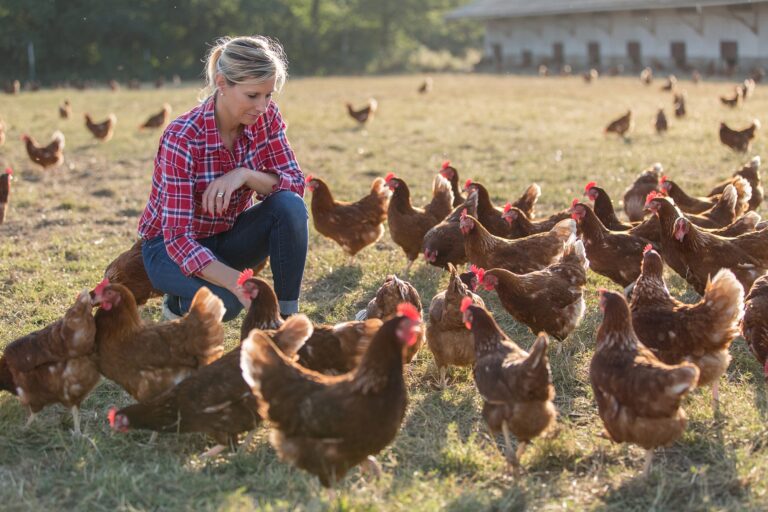A land matching service aimed at tackling the issue of an ageing farming population and lack of access to land for new entrants has been launched.
The Scottish Land Matching Service will initiate discussions between new entrants and landowners and provide unbiased guidance and support to both parties.
The service, which was announced in the Programme for Government, aims to help new entrants like Pat and Jess Kimpton. They have entered into a five year joint venture agreement with Robin Young of Waterside Farm, near Dunblane enabling them to fulfil their ambition of running their own farming business. Kimpton said: “We saw this as a great opportunity to get a foot on the ladder and grow our own business. It also helps to share the risk, so we will have more confidence to develop further. Having good quality impartial advice is also essential for that.”
Young added: “The formation of a joint venture has given us confidence to invest in our business as well as enabling a young couple the opportunity to develop and grow their own business in tandem.
“A land matching service would have been hugely beneficial to us when we started this process and hopefully it will open up opportunities to others and help highlight the benefits of collaborative working.”
Launching the scheme while visiting the farm, Rural Economy Secretary Fergus Ewing said: “The availability of land remains one of the primary barriers to attracting new entrants to farming and I am clear overcoming this challenge is vital for the future sustainability of the industry.
“With current land matching, joint venture and contract farming agreements administered by a range of parties, the advice available is often ad-hoc and variable in quality. That is why this new service is so important, as it will manage a database of potential service users and then offer them support to achieve a mutually beneficial outcome.
“I am also delighted Ian Davidson has agreed to be an independent adviser to the service, which I hope will help to alleviate the historic problem of an ageing farming population and lack of access to land for new entrants.”


